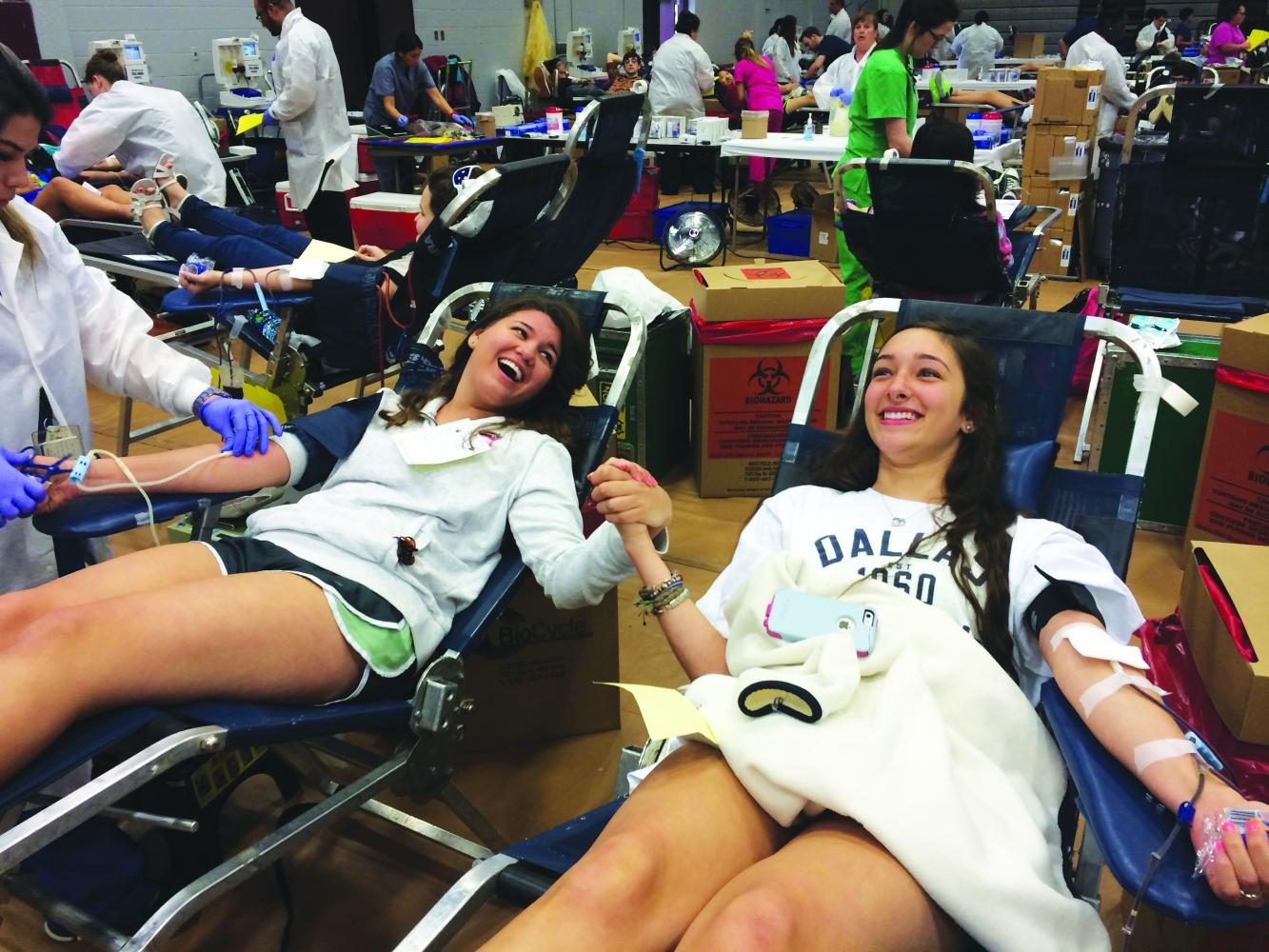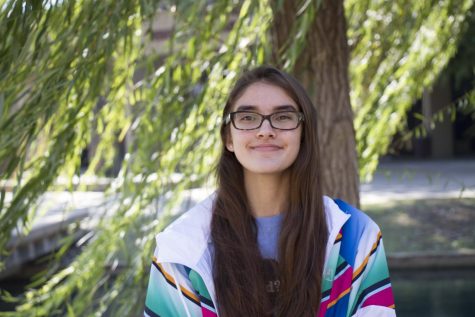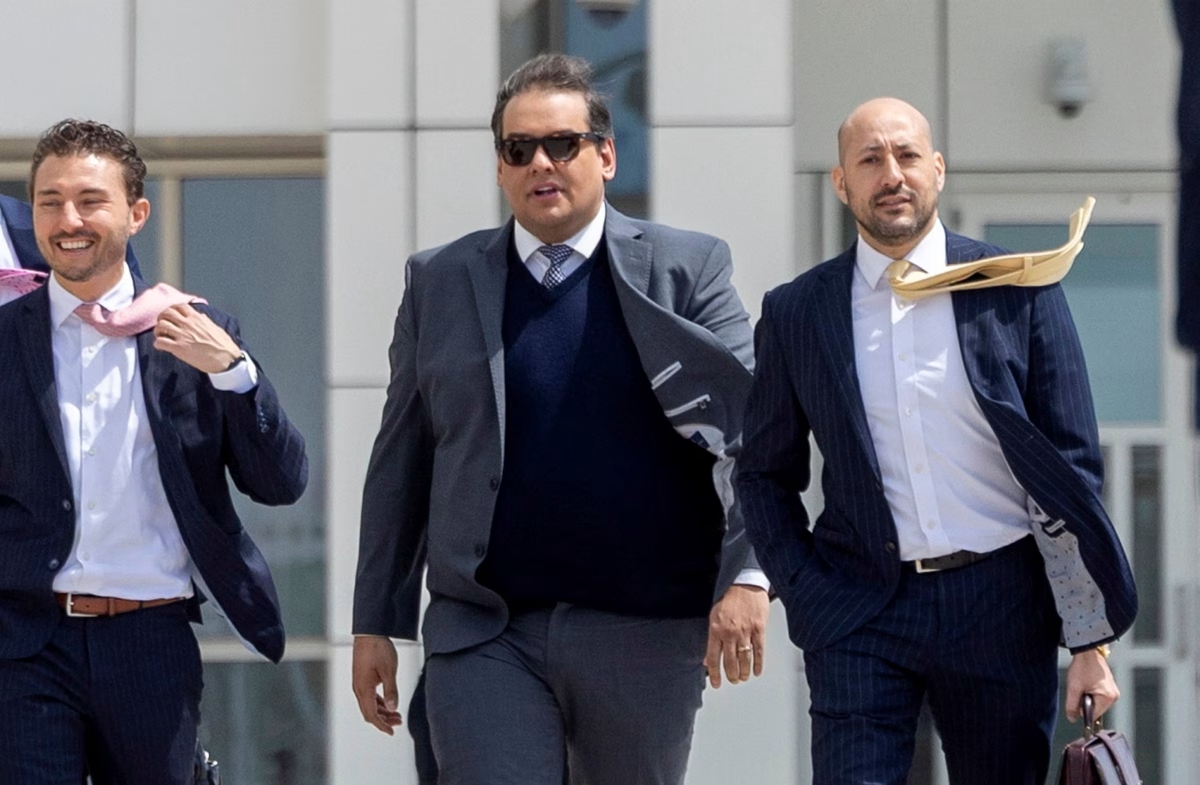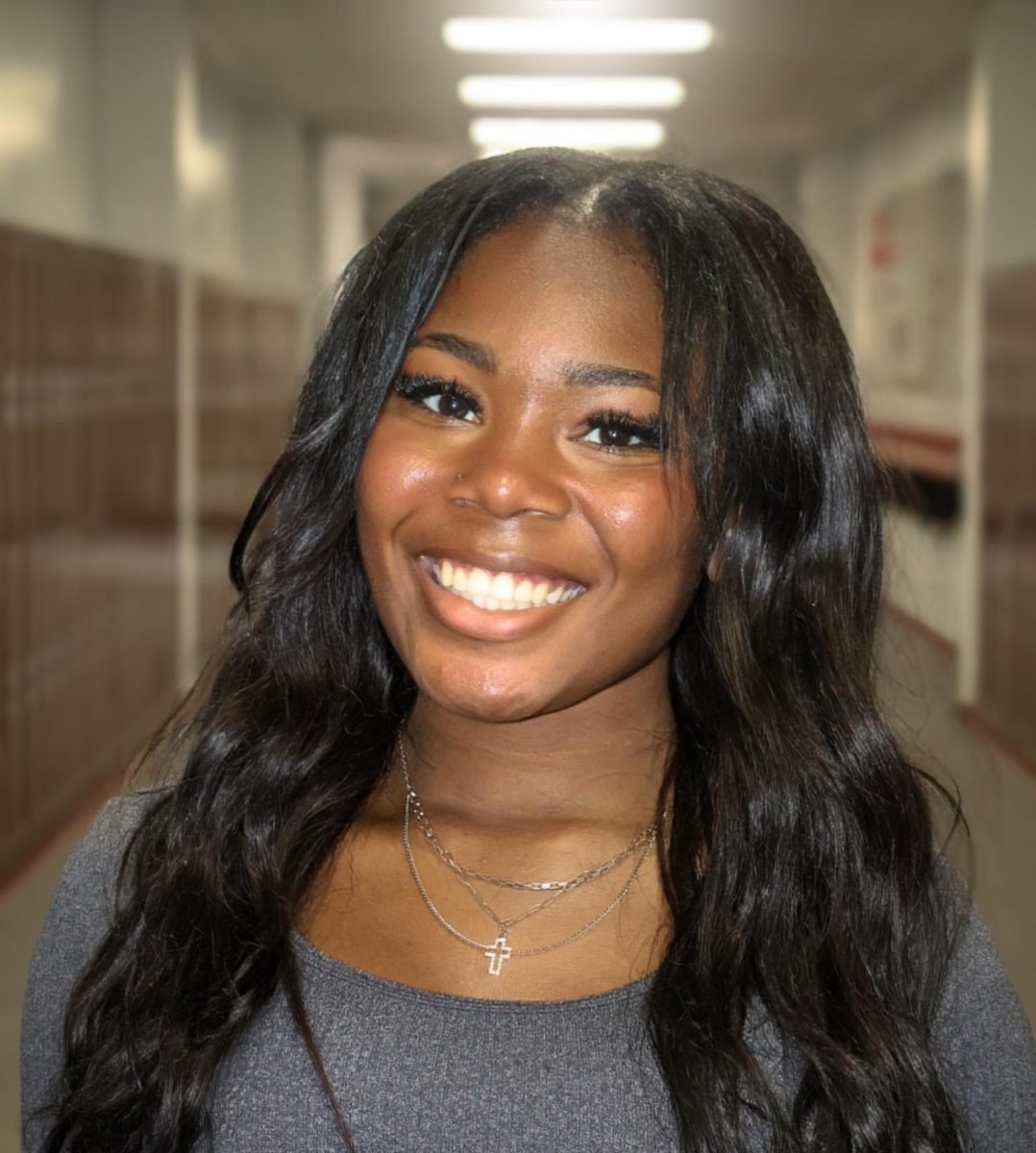Largest blood drive anniversary
Supporting each other while being drained are 2016 seniors Summer El Shahawy and Ashlynne Holscher at a previous year’s drive. (Photo courtesy of Stuco)
May 4, 2017
The 40th anniversary of the largest one day blood drive in the nation will be hosted by Carter BloodCare all day on May 19.
“In 2013, Plano’s juniors and seniors donated over 1,300 units of blood. I would love to see us break that record in this 40th anniversary year,” Stuco sponsor Steve Leonard said.
This blood drive is organized and led solely by Stuco students with supervision from Stuco sponsors, Cassandra Dailey and Leonard. The student leaders of the project are senior Amanda McNatt and junior Neil Srivastava.
“Personally, we are responsible for organizing registration, shirts, publicity, set up, time slots, public awareness, and energy supplements post donation,” Srivastava said.
Stuco uses a method to make the process of donating blood quicker and easier both for students and teachers. Students can sign up for an appointment time and pick up the required paperwork in the week leading up to the blood drive. Appointment times will be offered by Stuco’s Health and Safety committee in the cafeteria during both lunches.This reduces the amount of class disruptions.
“Walk up donations are possible, but all necessary forms must be completed and signed prior to donation. It just makes sense to make an appointment,” Leonard said.
Both juniors and seniors will be able to donate blood from 8 a.m. to 4 p.m. on May 19. Students who are 16 years old need to have a parent accompany them to donate blood, 17 year olds need to take a signed permission slip and 18 year olds are able to donate without having to bring a parent.
Missing class to donate blood that day will count as an excused absence, but students should talk with their teachers before leaving class.
“If any parents would like to give blood, they may come at any time during the school day to donate,” school nurse Lisa Dexter said.
On the day of the donation, students need to eat something before they come to school and drink plenty of water the day before. Students will report to the cafeteria for their appointment where the process will begin.
“A specially trained phlebotomist will collect the blood from the donor,” Public Relations Director of Carter BloodCare Linda Goelzer said.
In the cafeteria, Carter will perform a mini physical for each donor to see if they qualify to give blood. Students must weigh a minimum of 110 pounds to donate. They will take a drop of blood to check the blood type, the iron level in the blood (anemia), cholesterol and for any diseases, according to Leonard and Goelzer. After clearing the physical and answering a few health questions, the students will be assigned a bed, and the donation will begin. The actual donation of one pint of blood only takes 10-12 minutes.
“After donating, the donor will be escorted to a recovery area where they can get something to eat and drink before returning to class,” Leonard said. “Then the students will receive their 40th anniversary t-shirt and be given a pass back to class from subschool.”
Although it is safe to give blood, the biggest issue is being light headed after donating, according to Dexter, especially if people do not eat or drink.
HOSA students and the school nurse will be on site throughout the day as well. They will help take care of any students that pass out during or after the donation.
“The technicians at Carter are very experienced and will take every measure to ensure that blood donation is a safe and enjoyable experience,” Leonard said. “Students can take as long as they require to recover in the gym before returning to class.”
Every two seconds someone in the United States needs blood, according to Leonard. With all the people in the country that need blood, this sums up to about 36,000 units every day. A single car accident can require as many as 100 units of blood. People battling diseases like cancer and sickle-cell anemia have a need for frequent blood transfusions.
“Approximately one in seven patients who are admitted to a hospital will require a blood transfusion. It is important because there is no substitute for human blood,” Goelzer said. “If volunteers do not give blood, there is no blood available for transfusion to very ill patients who require it, often for their survival.”








